Simple Rome Metro Guide
The public transportation in Rome consists of a metro, buses, and trams, all of which are operated by the company ATAC. Tickets for these services are interchangeable, allowing for a seamless travel experience across various modes of transportation within the city.
Due to the relatively concentrated attractions in Rome, most of the sightseeing can be covered by a combination of subway and walking for travelers.
Tips: Make sure to download an offline Google Map of Rome prior to your travels.
The Rome Metro is an efficient and convenient way to navigate the city, with its extensive network spanning across the major tourist and residential areas. The system currently comprises three lines: Line A (orange), Line B (blue), and Line C (green). You can purchase the metro tickets at the ticket machines, newsstands, or Italian tobacco shops called “tabaccheria” at each station. Remember to validate your ticket before boarding to avoid fines.
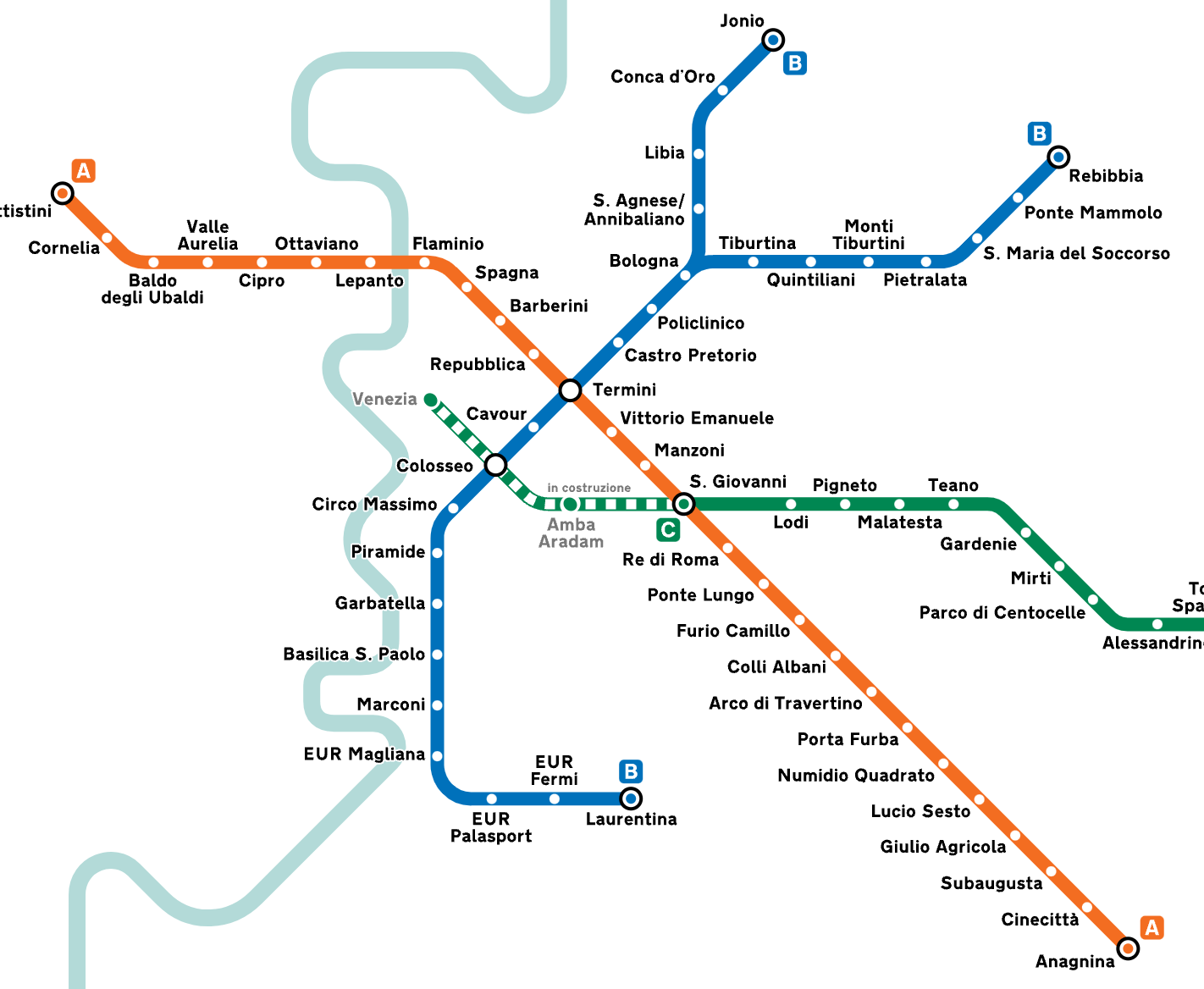
Table of Contents
Metro Stations Close to Rome’s Top Attractions
- Line A Trevi Fountain (Barberini), Spanish Steps (Spagna), St Peter’s (Ottaviano-San Pietro) and Vatican Museums (Cipro).
- Line B for the Colosseum (Colosseo).
- Line A and Line B crosses at Termini, which is stop for Roma Termini Railway station. Here, visitors can take the Leonardo Express to get to Fiumicino Airport.
- As traveler, you’re unlikely to take Line C.
Rome Metro Opening Hours and Ticket Prices
Operating Hours: 5:30 am – 11:30 pm on weekdays and until 1:30 am on weekends
Frequency: typically every 4-7 minutes during peak times and every 10-15 minutes during off-peak hours.
Tips: Becoming acquainted with the Italian words for the four directions can be helpful in determining which side of the train to board.
- Nord (North)
- Sud (South)
- Est (East)
- Ovest (West)
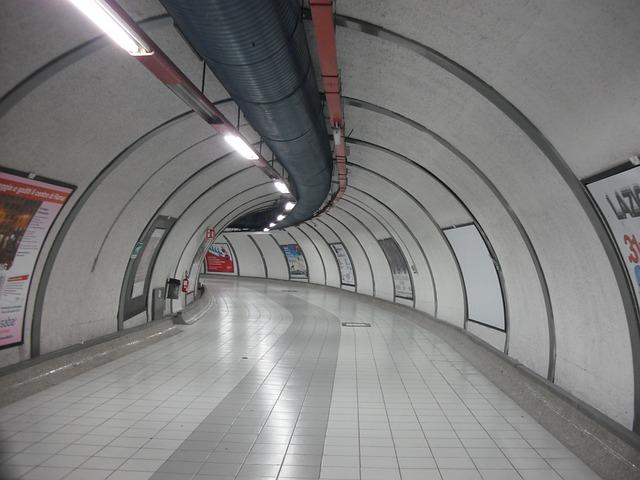
Ticket Price:
Children under 10 years: Free
- BIT Standard Ticket: € 1.50 (Valid for the 100 minutes after first validation, including transfers on all buses and trams within the city)
- 10 – BIT: € 15.00 (100 minutes x 10)
- ROMA 24H: € 7.00 (24 hours from first validation)
- ROMA 48H: € 12.50 (48 hours from first validation)
- ROMA 72H: € 18.00 (72 hours from first validation)
- CIS (7-days Pass): € 24.00 (7 days from first validation)
- ROMA PASS
- ROMA PASS 48H: € 32.00 (48 hours from first validation for public transport and museums of the network)
- ROMA PASS 72H: € 52.00 (72 hours from first validation for public transport and museums of the network)
Every station on Line B offers wheelchair access and elevator facilities, with the exception of Circo Massimo, Colosseo, and Cavour. As for Line A, both Cipro and Termini stations are equipped with elevators for added accessibility.
Safety in Rome’s Metro
Rome Metro is generally considered a safe and reliable mode of transportation. The stations are monitored by surveillance cameras, and the trains are equipped with emergency intercoms and CCTV systems. The stations and trains are also patrolled by uniformed and plainclothes police officers to ensure the safety of passengers. However, like any large city, there is always the possibility of pickpocketing or other types of petty crime, especially in crowded areas or during rush hour. It is important for passengers to remain aware of their surroundings and keep their belongings secure. Additionally, it is recommended to avoid empty train cars or stations, especially late at night. Overall, by taking reasonable precautions and being aware of their surroundings, passengers can feel safe and comfortable while using the Rome Metro.

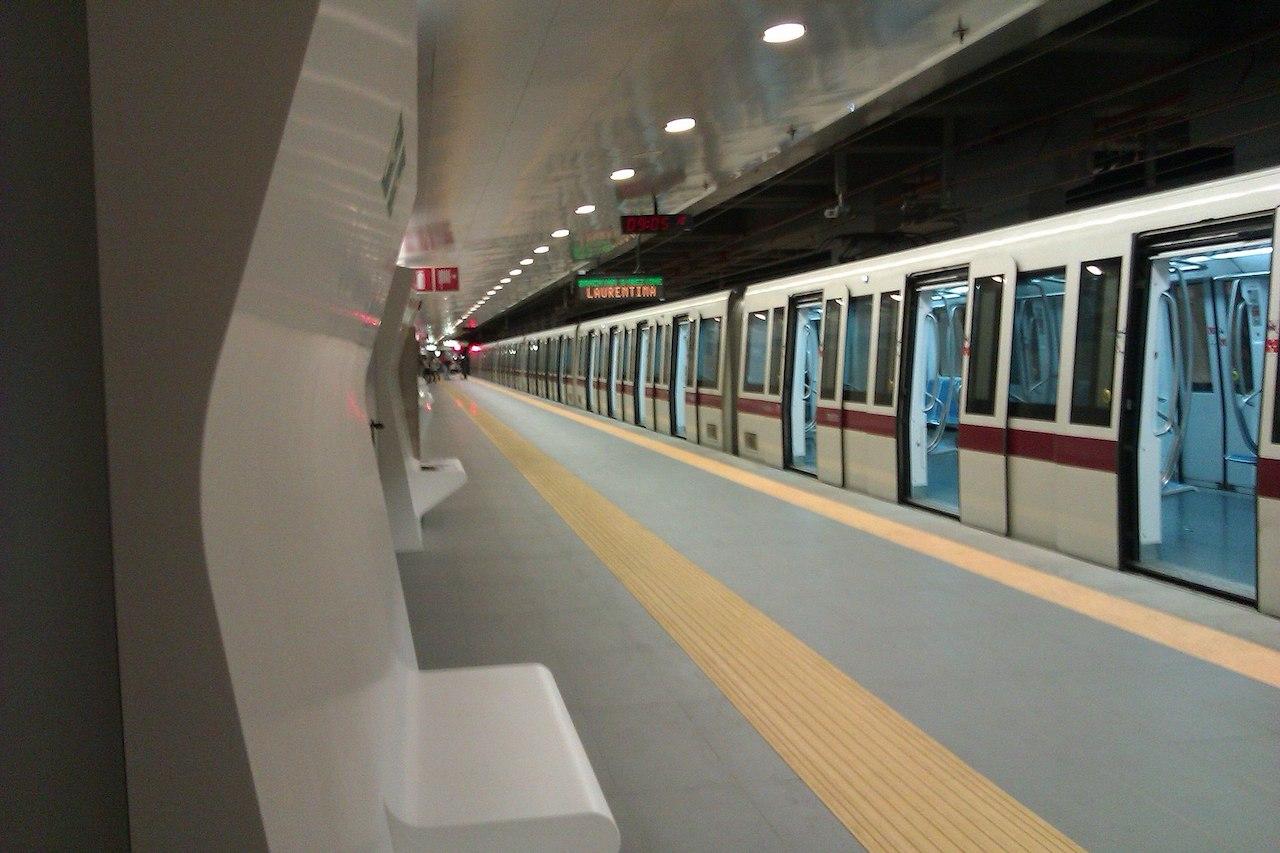
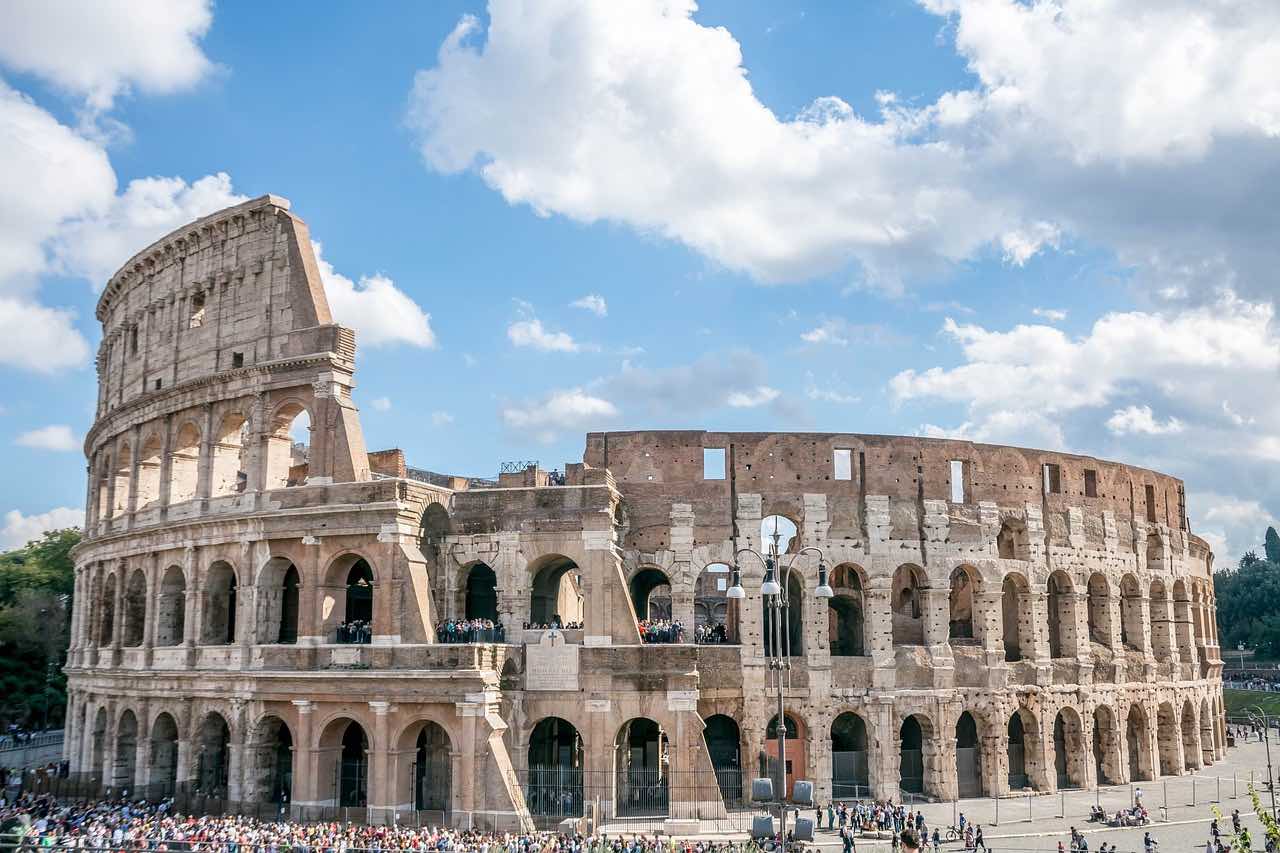

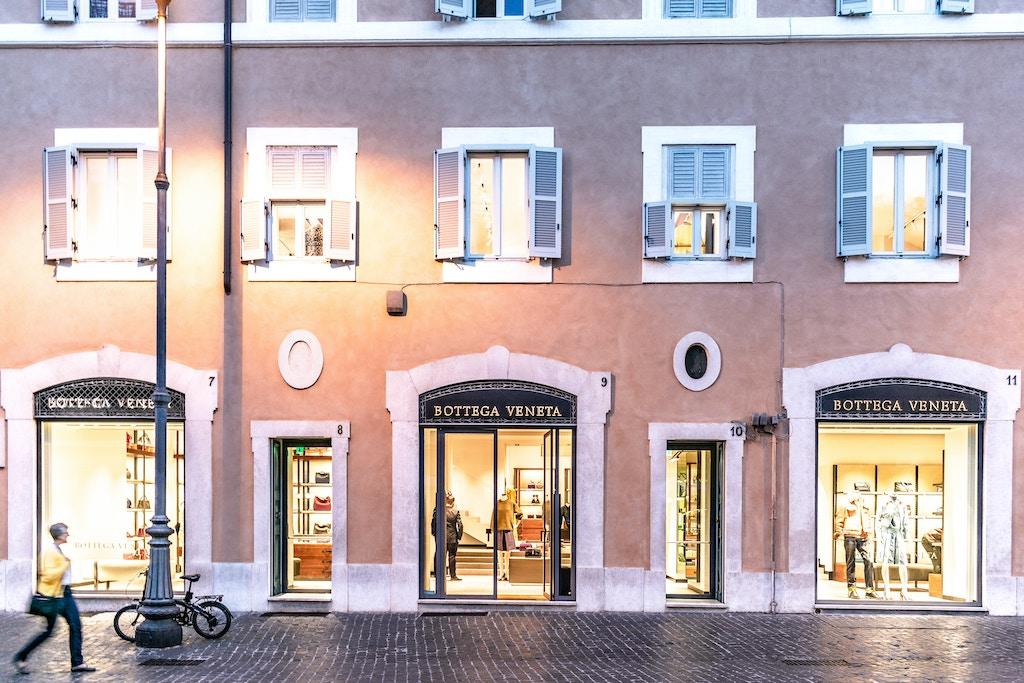


1 thought on “Rome Metro Guide”